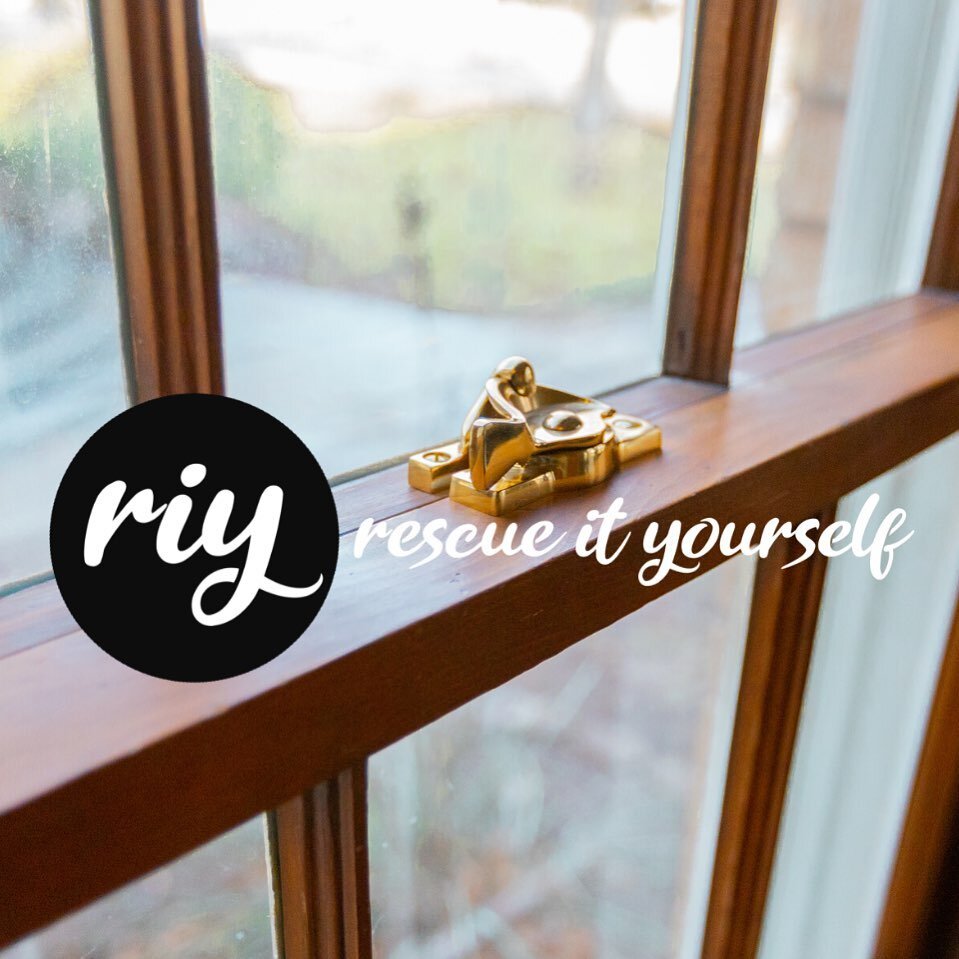Living in a Historic Preservation Neighborhood often does not allow for window replacement or it is difficult and expensive to replace your windows.
As your curtains are blowing from the drafts, winters are cold and summers are hot in your home, you might be considering it though.
What if we told you there was another way… a cheaper alternative that decreased utility costs, made your home comfortable, and didn’t involve ripping our your very expensive windows that are a character defining feature of the home? The answer is simply, storm windows. Not window replacement. Window replacement costs thousands while storm windows cost hundreds.
So are they approved by HP?
YES! IF THE GUIDELINES ARE FOLLOWED, STORM WINDOWS ARE TYPICALLY AN ADMINISTRATIVELY APPROVED ITEM IN HISTORIC PRESERVATION NEIGHBORHOODS.
STORM WINDOWS ARE CONVENIENT, AFFORDABLE AND SUSTAINABLE ALTERNATIVE TO REPLACEMENT
BELOW ARE THE HISTORIC PRESERVATION GUIDELINES FOR THE CITY OF OKLAHOMA CITY, CITY OF NORMAN, AND TULSA
Let’s take a look at Oklahoma City, Norman, and Tulsa
Oklahoma City
“Adding storm windows over historic wood or metal windows is a cost-effective approach that preserves the original window and provides energy savings equal to new replacement windows.”
Approval: Administrative Review
3.6.23: Storm window frames must have narrow perimeter framing that conforms to the primary window opening
3.6.24 Do not use unfinished or clear anodized aluminum frame storm windows
3.6.25 Storm windows my have an integral screen component
3.6.26 Interior storm windows are encouraged
Neighborhoods: Heritage Hills, Heritage Hills East, Mesta Park, Jefferson Park, Paseo, Edgemere Park, Crown Heights, Putnam Heights, Shepherd
Norman
“Increase the thermal efficiency of historic buildings by observing appropriate traditional practices, such as weather stripping and caulking, and by introducing energy-efficient features such as awnings, operable shutters, and storm windows and doors, where appropriate”
Approval: Administrative Bypass
The use of interior storm windows is encouraged
3.11.2a: Wood framed, full-light storms that are low profile and align with meeting rails of window
3.11.2b: Relatively unobtrusive, narrow-profile, metal exterior storm windows that do not obscure the window itself… and that are finished in a painted or baked-enamel color compatible with the sash color are allowed. Storm window rails are to align with the meeting rails of the windows.
3.17.1.a Unfinished or clear anodized aluminum storm finishes are not permitted
Neighborhoods: Miller Historic District, Chautauqua Historic District, Southridge Historic District
Tulsa
“Did you know that properly repaired historic windows have an R-value that’s nearly indistinguishable from high-end replacement windows? Repair your original windows, install proper weatherstripping, and add a good storm window system…”
Approval: Staff Approved
A.4.4 to gain thermal efficiency, storm windows which maintain the appearance and allow maximum visibility of the original historic windows may be installed. Unfinished and clear-finished metals are not allowed
Neighborhoods: Maple Ridge, Brady Heights, Buena Vista Park, Carlton Place, Gillette, Owen Park, Riverside, Riverview, Yorktown, Swan Lake, Tracy Park, White City and Stonebraker Heights.
OLD HOME RESCUE IS PROUD TO OFFER OUR SERVICES IN OKLAHOMA & MORE!
OLD HOME RESCUE IS OKLAHOMA’S #1 STORM WINDOW AND DOOR INSTALLER!
WE FOCUS ON CREATING ENERGY EFFICIENT HOMES WITHOUT WINDOW & DOOR REPLACEMENT.
We have saved windows & doors from being replaced in Kansas, Oklahoma, Texas, and Missouri, were listed by The Craftsman Blog as “Preservation Rockstars”, and have been featured on HGTV’s Restore and Revive.
Old Home Rescue is now proud to offer our energy efficient window and door solutions in Oklahoma City, The Village, Nichols Hills, Norman, Edmond, El Reno, Yukon, Moore, Mustang, Tulsa, Enid, Ponca City, Lawton, Ardmore, Bartlesville, Warr Acres, Bethany, and more!
We serve all of Oklahoma City, including nationally listed historic districts like; Heritage Hills, Mesta Park, Crown Heights, Jefferson Park, Paseo, Shepherd and more.
We serve all of Tulsa, including nationally listed historic districts like; Maple Ridge, Brady Heights, Buena Vista Park, Carlton Place, Gillette, Owen Park, Riverside, Riverview, Yorktown, Swan Lake, Tracy Park, White City and Stonebraker Heights.
We work closely with Oklahoma SHPO and Local Preservation Commissions to make sure all products and services are approved and receive a certificate of appropriateness.
Unlike most window replacement companies, we specialize in NOT replacing your windows! Old Home Rescue’s products and services are designed to extend the life of your current windows.
Our window solutions use the best products available, like MonRay aluminum storm windows and doors, QUANTAPANEL aluminum storm windows, Pella aluminum storm doors, Provia aluminum storm doors, Indow Window acrylic interior storm windows, InnerGlass interior air panels, Allied aluminum storm windows, and traditional wood storm windows and doors.
Our goal is to improve the energy efficiency of any space without the need for low quality, high cost, double pane replacement windows, and our services and products are very affordable when compared to the lifetime cost of window replacement.
We encourage you to become our NEIGHBOR by scheduling an appointment.




















